 Oh, good. Hard liquor. I hope you have more, because I'm gonna need lots before we continue. 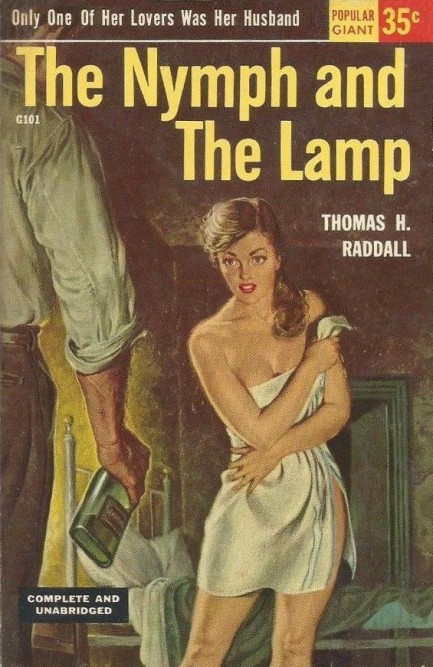
It's another case of a good-girl-art makeover, as this 1952 Popular Giant paperback edition of Thomas H. Raddall's 1950 novel The Nymph and the Lamp disguises as titillation what is actually a piece of serious literature by one of Canada's most renowned authors. The guy even has a park named after him—Thomas Raddall Provincial Park, located in Nova Scotia, where he lived much of his life. He also co-founded the Queens County Historical Society, which runs the Thomas Raddall Research Centre, where visitors can see an exact replica of his study, furnished with his actual possessions. And there's even the Thomas Head Raddall Award, which is given yearly to a writer from Canada's Atlantic provinces who produces the best work of adult fiction.
But we didn't know any of that when we read The Nymph and the Lamp, so we merely noted that it was an expertly written and deep reaching book about a grizzled telegraph operator named Matthew Carney who brings a somewhat younger woman named Isabel Jardin with him back to the lonely North Atlantic island outpost of Marina where he works with a small crew of colleagues, and lives together with them in the ancient telegraph building. Isabel didn't realize she was signing up for cohabitation with multiple men in a sort of industrial workplace, and naturally has adjustment issues:
The place reeked of hot oil. It had a concrete floor and in the midst of it a large single-cylinder gasoline engine whirled a pair of flywheels. From one of these a long slatting belt led her eye to the generator, spinning and whining at the farther end of the room. [snip] Isabel, standing on the greasy floor, was startled by a terrific sound as sharp, as deafening as rifle shots, and the little engine room was lit by a rapid succession of bright violet flashes that sprang, like the sound, from the revolving brass spark-studs at the end of the generator shaft. Casting dignity aside she fled into the hall and covered her ears with her hands.
Matthew merely grinned. “You’ll get used to it,” he declared calmly. “There’s a muffling drum that fits over the spark disc but we leave it off.”
“Do you mean to say,” she demanded in a voice that sounded thin and strange in her singing ears, “that it goes on like that, day and night?”
“Only when the chap on watch is transmitting.”
“But the transmitting goes on day and night—at intervals, I mean?”
“Oh yes. As I say, you’ll get used to it.”
The island has other inhabitants aside from Isabel and the telegraphers. There's a cadre of lifesavers who patrol the beaches for survivors of the frequent wrecks, a permanent lighthouse crew, and all the various workers' wives and children. There are also wild ponies living among the windswept dunes, and plenty of seals and oceangoing birds. None of it thrills or interests Isabel, but she's legitimately committed to Carney. The question is whether that committment can survive all the obstacles of life on a wild frontier.
Returning to the cover art, the creator here is Rafael DeSoto, who doesn't really get across the mood of the story. The rear cover text, which is written in such a way as to compliment the painting, is also misleading. Someone does barge in on Isabel, but it's an accident, and he has zero designs on her. He's so drunk he doesn't realize he's in the wrong room. He's soon removed, and the incident has no further bearing on the tale. But we'll say this for GGA art—it has lured us into reading not just pulp style fiction, but obscure literary fiction too. Some of it, like The Nymph and the Lamp, is very good.
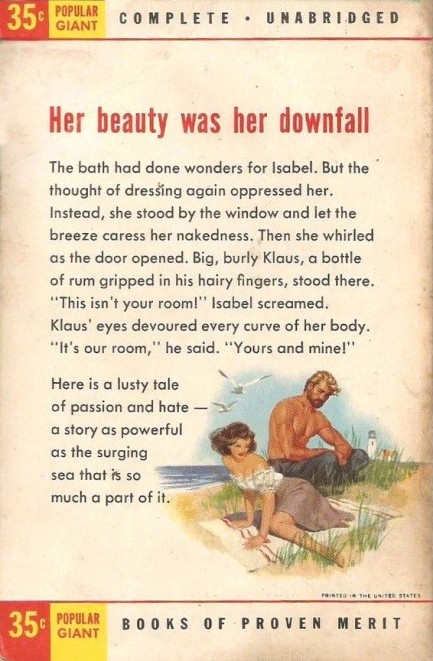
 You know, instead of sitting around watching the clock we can try being naked in the day. Just once. Could be fun. 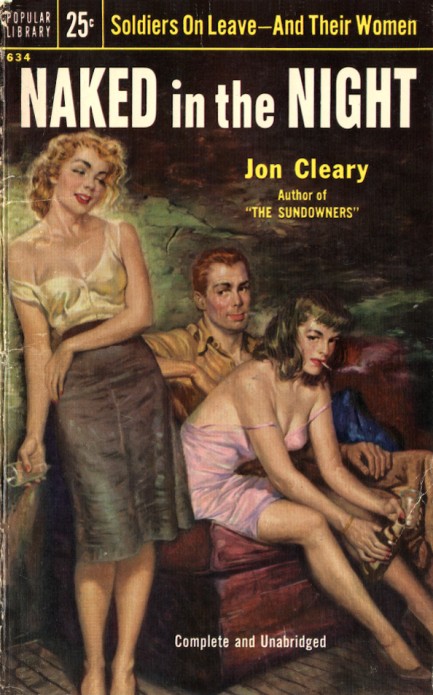
Puerto Rican illustrator Rafael DeSoto's cover work is always recognizable, not only because he often painted rosy-cheeked women on glowing backgrounds, but because his characters often had knowing or sly looks on their faces. On this piece for Jon Cleary's 1955 war drama Naked in the Night, you see the standing woman and sitting man sending sneaky nonverbal signals to each other and get the feeling that, come naked time, the brooding brunette won't get to join in the fun. That's classic DeSoto. He was a singular artist. See a few more secretly amused expressions here, here, and here.
 Don't look so smug, buster. I've had better. 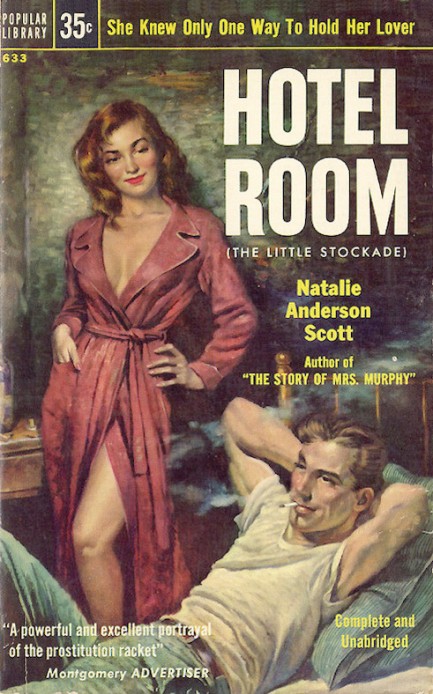
Natalie Anderson Scott's 1955 novel Hotel Room was originally published in 1953 as The Little Stockade, and it's a tale set in New York City's infamous Hell's Kitchen, involving a woman named Marie who is made into a prostitute by a man she loves but shouldn't. This was Scott's follow up to her hit novel The Story of Mrs. Murphy, which instead of examining a woman stuck in the trap of vice examined a woman stuck in the trap of alcoholism. Unfortunately, this gritty follow-up wasn't as well received. But she still had a decent career, publishing several more books over the years.
Popular Library had the knack of getting artists who painted in the same general style—perhaps the company even required it. Sometimes that makes it hard to know who a cover artist is, but in this case it's Rafael DeSoto. Here he's painted a nimbus around the head of his female figure. We realized we'd seen the same effect before from him, for example here and here—and even here, if you look closely—so we had a scan around the internet to see how often that occurred. While DeSoto did it on some covers, we wouldn't go so far as to call it a trademark. Still, it's a cool effect on a very nice piece of art.
 You'll get nowhere fast with this book. 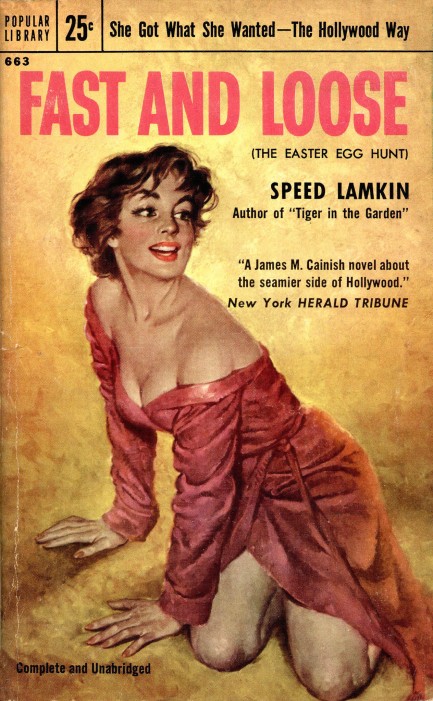
Popular Library made a habit of retitling novels if they thought the original was too esoteric. Many companies did it, but Popular Library had some notorious instances, including changing Ian Fleming's Casino Royale to You Asked for It. Speed Lamkin's The Easter Egg Hunt appeared in 1954 to reviews that ranged from cool to tepid, which was probably all the excuse Popular Library needed to rebrand and pulpify it for paperback release. Thus a year later Fast and Loose hit bookstores in a blaze of golden color from the exemplary brush of cover artist Rafael DeSoto, who was one of the top paperback illustrators going. This effort is typically flawless, and features the trademark textural background that makes his work so identifiable, such as here and here.
We gave Fast and Loose a read. You notice the cover quotes some reviewer or other saying the book is James M. Cainish. Lamkin is like Cain the way papier mache is like origami. They're both things you do with paper, but that's about it. Lamkin is more from the Capote or Fitzgerald schools of authoring. His book is also very similar to Ramona Stewart's forgotten novel The Surprise Party Complex, though 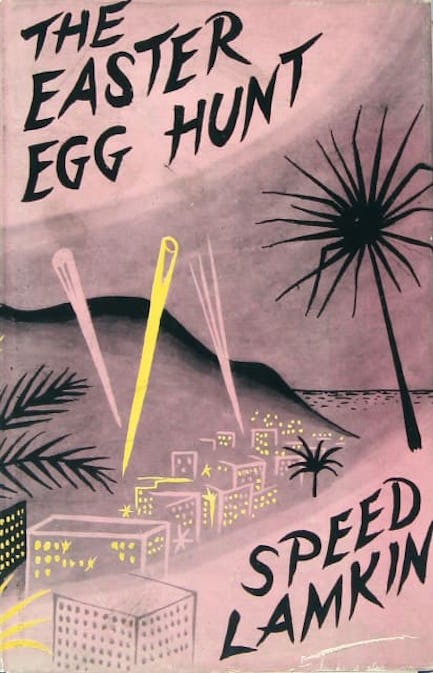 Stewart's book came later. But both deal with the events of a summer in Hollywood. Where Stewart focuses on a trio of aimless teens, Lamkin writes about adults who, though they're producers, actors, and writers, are equally aimless, partying the days and nights away. Stewart's book came later. But both deal with the events of a summer in Hollywood. Where Stewart focuses on a trio of aimless teens, Lamkin writes about adults who, though they're producers, actors, and writers, are equally aimless, partying the days and nights away.
The main character Charley Thayer works for Life magazine, though never has work to do. He observes the celestial bodies in the orbit of wealthy Clarence Culvers, who has the best party house in Beverly Hills and is determined to make his young, volatile wife a star. The people in this crowd are shallow, selfish, and bigoted, and since Lamkin spent time in L.A. we can assume he's relating what he observed, or at least thought he observed. Frankly, these folks are all so tedious that when the expected tragedy finally occurs it's a relief to have one less horrible person in the world, even a fictional one. Speed needed a limit—to about two-thirds the number of pages. Then Fast and Loose might have worked.
 We both said many things last night. By light of day and from a perspective of total sobriety let's admit none of them were true. 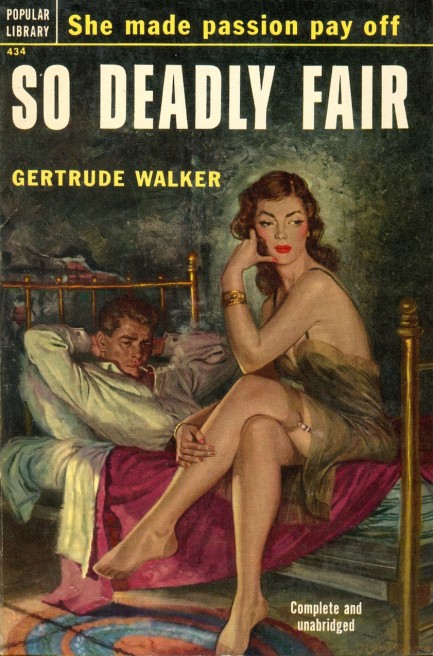
The couple on this cover for Gertrude Walker's So Deadly Fair look less than thrilled to be together, but that happens, right? It was painted by Rafael DeSoto, and the book tells the story of a femme fatale who frames a guy for murder—her own. That sounds like we just spoiled the plot but the bulk of the narrative actually deals with what happens when the protagonist is paroled ten years later and has not, shall we say, reached a state of closure about how things went down. Revenge is a dish best served cold, especially when the recipient is your ex. Originally published as a hardback in 1948, this Popular Library edition appeared in 1952.
 *sob* I thought it stood for horse. Oh, it does? Well, that was the worst ride ever. 
This is another one we ran past the Pulp Intl. girlfriends, and guess what? They had no idea horse is a word for heroin. One of them said, “I thought it was called smack.” Well, yeah, that too, but smack doesn't start with “h,” and wouldn't have helped us come up with a header for this cover. Anyway H is for Heroin involves a girl in mythical Coast City, California who starts with the dreaded gateway drug—i.e. marijuana—and slides down the slippery slope until she's riding the white horse, is married to an addict, and crosses the line into dealing. H is for Heroin is both drug-scare and juvenile delinquent fiction, narrated by Amy herself, who digs deep and manages to achieve redemption—lest readers get too bummed out by the story and need to get high to wash away the sadness. The real high with this comes from Rafael DeSoto's iconic cover art, painted for Popular Library, 1954.  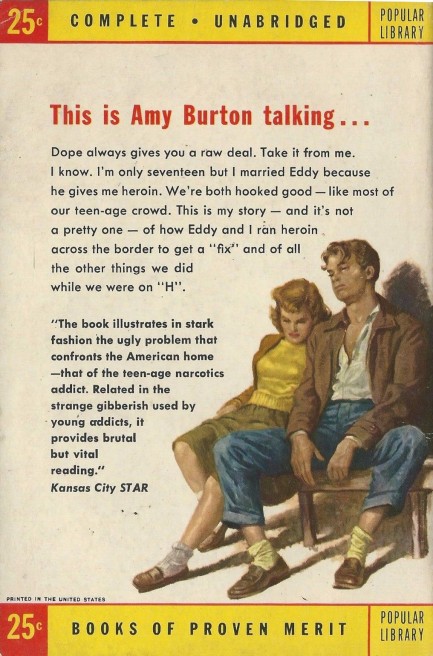
 Okay, he's taken the bait. We'll let him get close, then you distract him by puking on his coat, and I'll take him down. 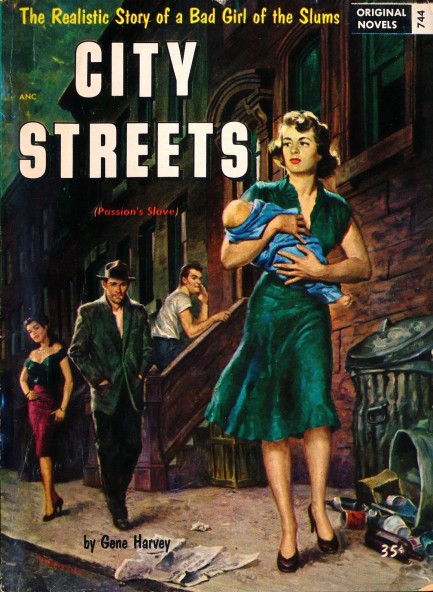
City Streets was written by Gene Harvey, aka Jack Hanley, who we last saw authoring 1942's Leg Artist. Harvey was a literary vet who authored such memorable lite-sleaze epics as She Couldn't Be Good, A Girl Called Joy, and Stag Stripper. City Streets is from 1954 and apparently his various publishers liked it so much they issued it four times—Venus Books put it out in 1950 as Cutie, Exotic Novels released it as Passion's Slave the same year in an illustrated format, Original Novels published it as what you see above, and finally Star Novels published it, also as City Streets, in 1955. These companies were closely related, but that's still a lot of mileage from one book. It explores the trials and tribulations of beautiful young Dru, “a bad girl of the slums,” who's gotten her education from the school of hard knocks—i.e. from Chicago's south side. The cover art on this is by Rafael DeSoto, who cleverly hid his signature in the gutter. It's a really beautiful effort from him, certainly one of his best. We've featured him often, so just click his keywords below if you want to see more.
 You win! *choke* *gurgle* I'll have mine medium well! Side of hash browns! 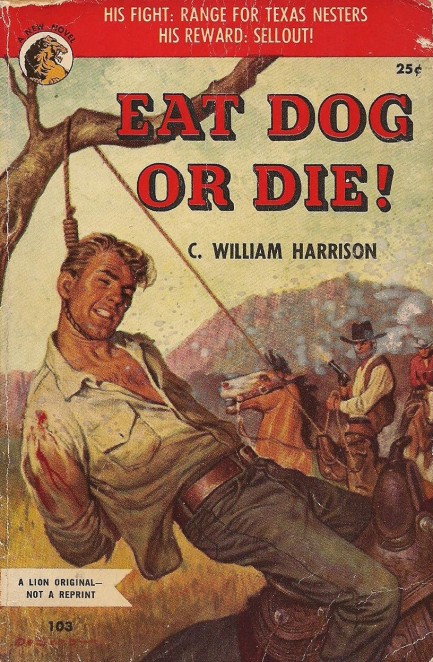
The title of Eat Dog or Die! refers not to the literal consumption of dogs, but to the will to fight and survive. The book is basically a revenge thriller along the lines of Hang 'Em High. The hero is strung up by baddies arrayed against him in a land squabble, but when he's cut down by rescuers, he quickly goes about ventilating everybody that crossed him. C. William Harrison, aka Chester William Harrison, was mainly a western author, but wrote a few youth books, and two technical manuals, as well as the environmentalist book Conservation: The Challenge of Reclaiming Our Plundered Land, which is funny, because that's exactly what the hero of Eat Dog or Die! aims to do. The violent cover art is by Rafael DeSoto, for Lion Books, 1952.
 It's not even 4 a.m. Damn. I really need to work on that whole waiting thing. 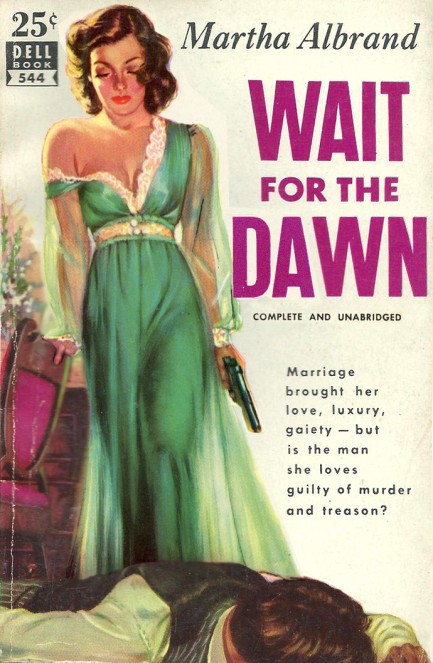
Rafael DeSoto painted this cover for the 1951 Dell paperback edition of Martha Albrand's 1950 novel Wait for the Dawn. This is one of the author's many romance thrillers, and what you get is a woman living in France who meets the perfect man, only to find out that he's a murderous goon. Pretty much every woman will have experienced that at some point. But this guy isn't all bad—he's rich, and as we know that buys a lot of second chances. Albrand was born in Germany as Heidi Loewengard, and wrote as Albrand, Katrin Holland, and Christine Lambert. In all she churned out around forty novels and was respected enough that an award was named after her, the Martha Albrand Award for First Nonfiction, which was active from 1989 to 2006, then discontinued. You can see a couple more cool DeSoto covers here and here.

|
 |

The headlines that mattered yesteryear.
2003—Hope Dies
Film legend Bob Hope dies of pneumonia two months after celebrating his 100th birthday. 1945—Churchill Given the Sack
In spite of admiring Winston Churchill as a great wartime leader, Britons elect
Clement Attlee the nation's new prime minister in a sweeping victory for the Labour Party over the Conservatives. 1952—Evita Peron Dies
Eva Duarte de Peron, aka Evita, wife of the president of the Argentine Republic, dies from cancer at age 33. Evita had brought the working classes into a position of political power never witnessed before, but was hated by the nation's powerful military class. She is lain to rest in Milan, Italy in a secret grave under a nun's name, but is eventually returned to Argentina for reburial beside her husband in 1974. 1943—Mussolini Calls It Quits
Italian dictator Benito Mussolini steps down as head of the armed forces and the government. It soon becomes clear that Il Duce did not relinquish power voluntarily, but was forced to resign after former Fascist colleagues turned against him. He is later installed by Germany as leader of the Italian Social Republic in the north of the country, but is killed by partisans in 1945.
|

|
|

It's easy. We have an uploader that makes it a snap. Use it to submit your art, text, header, and subhead. Your post can be funny, serious, or anything in between, as long as it's vintage pulp. You'll get a byline and experience the fleeting pride of free authorship. We'll edit your post for typos, but the rest is up to you. Click here to give us your best shot.

|
|




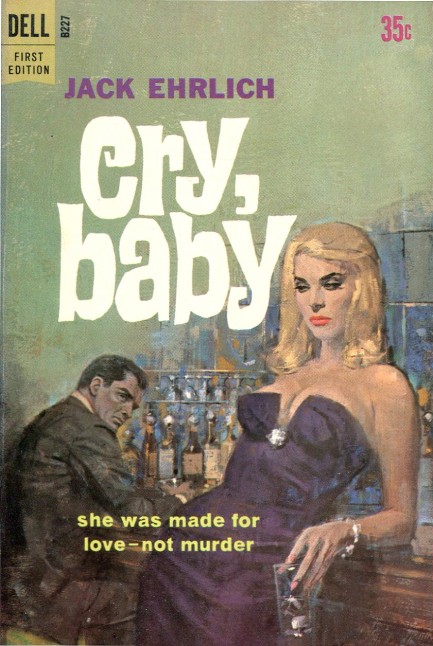
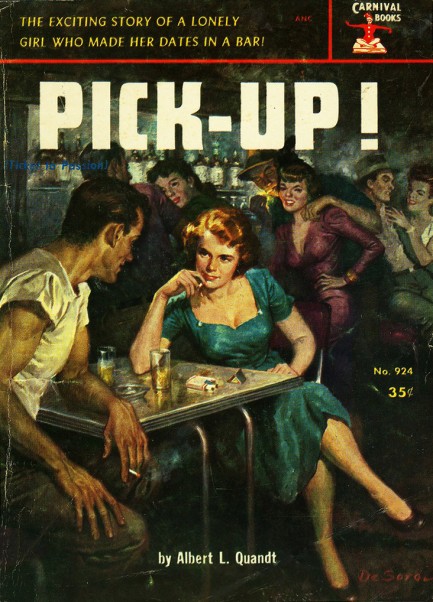
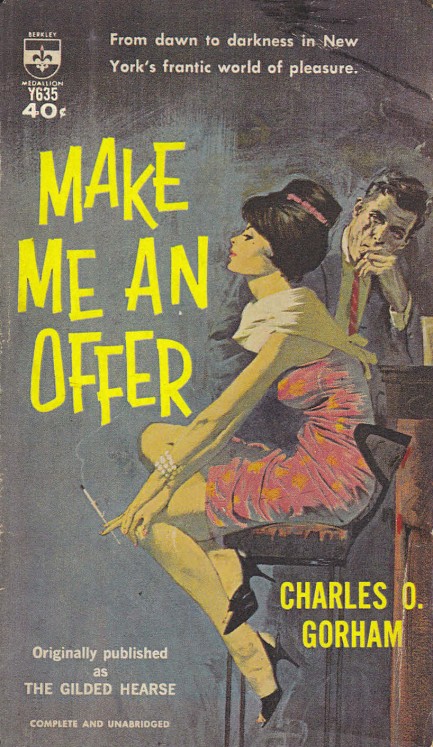
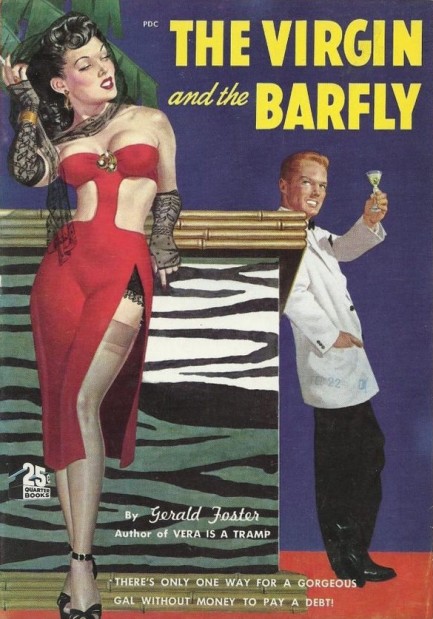
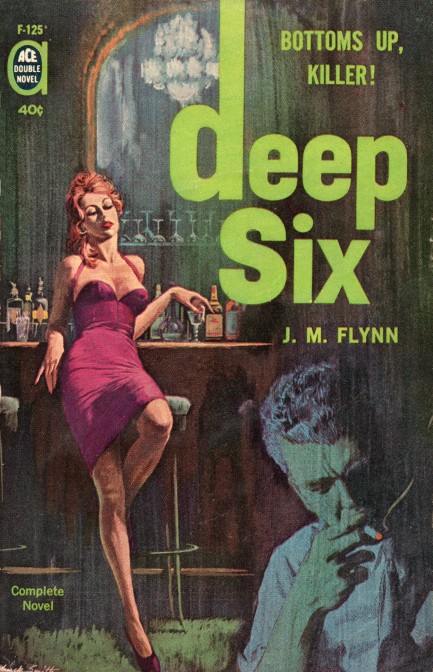
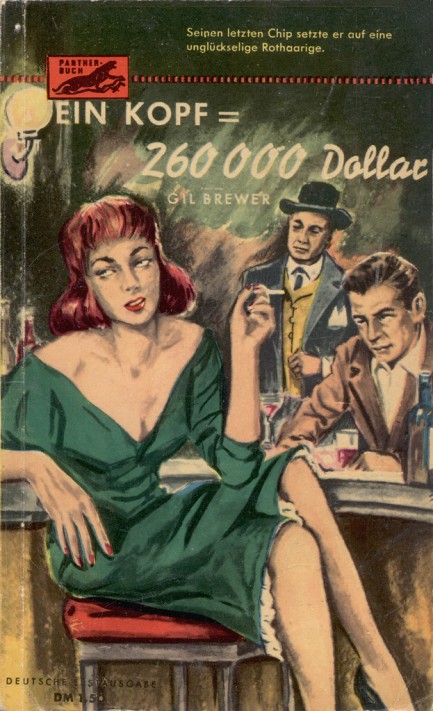
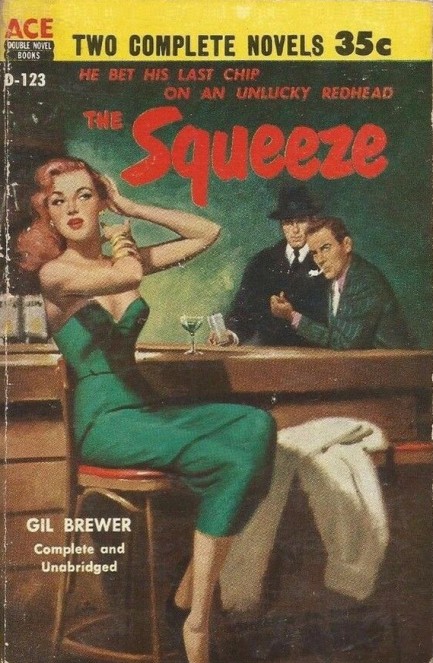
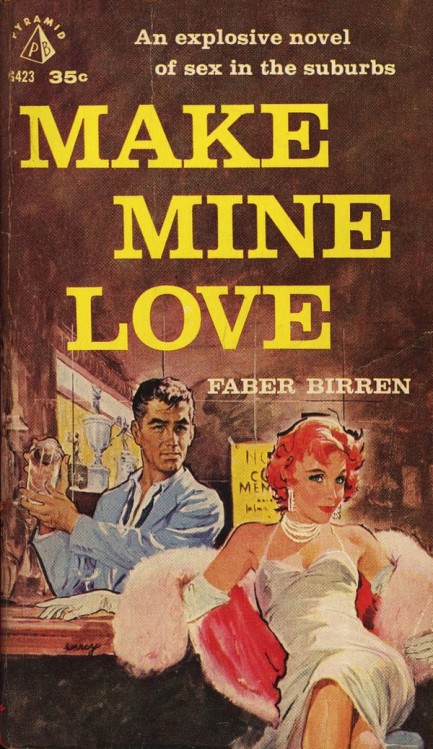
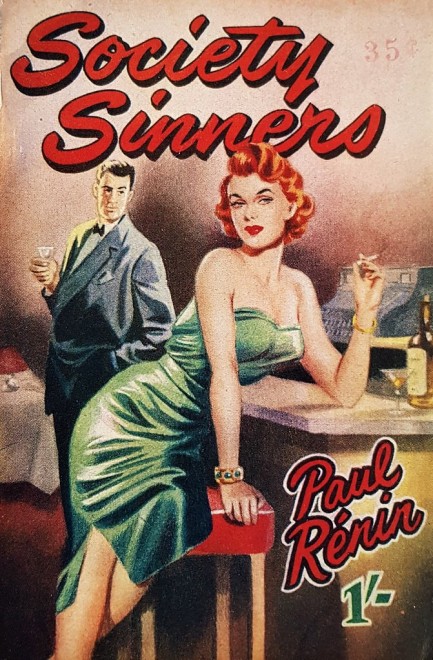
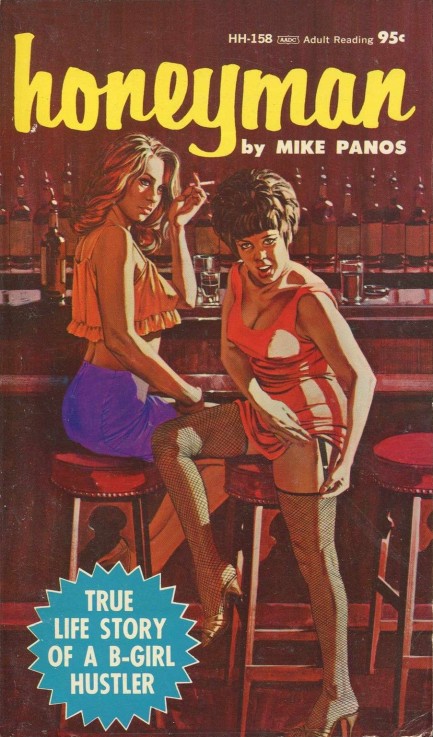
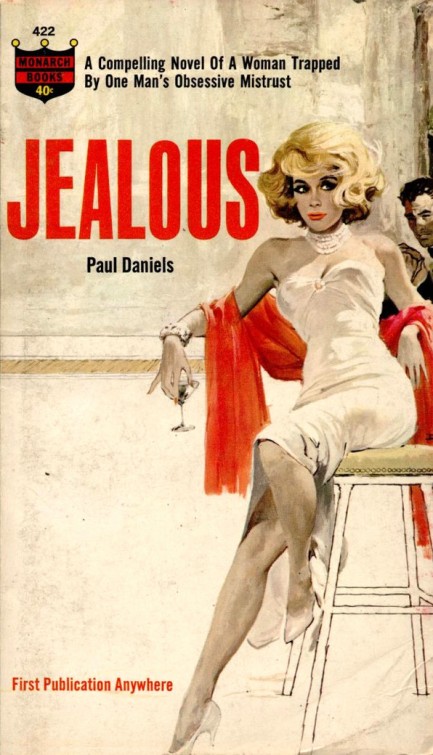
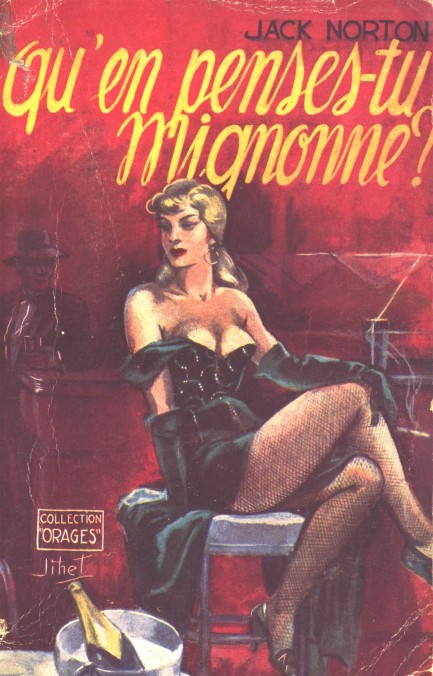
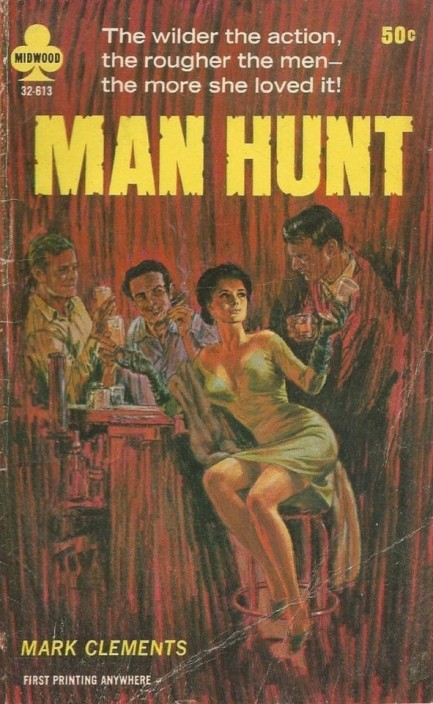
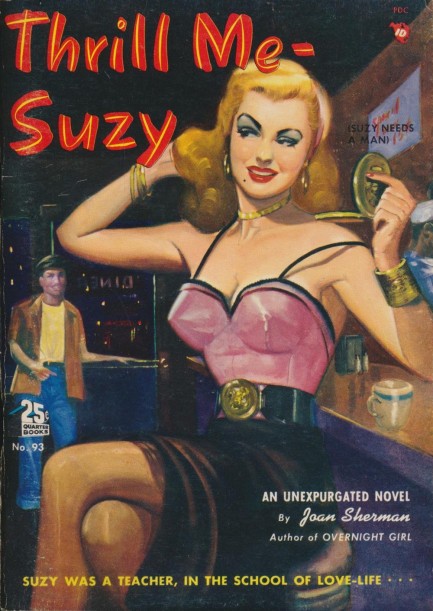
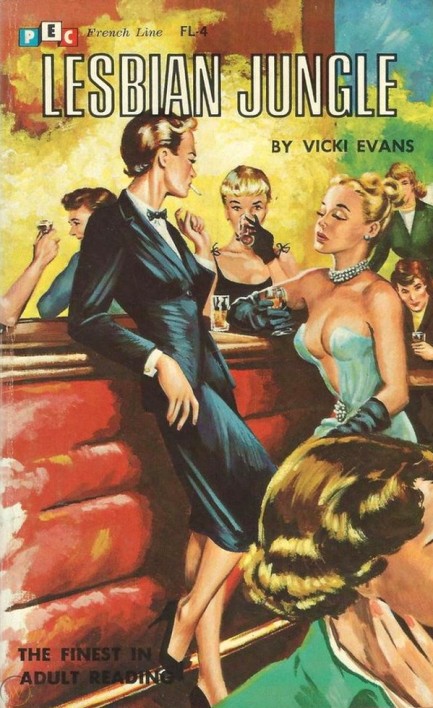
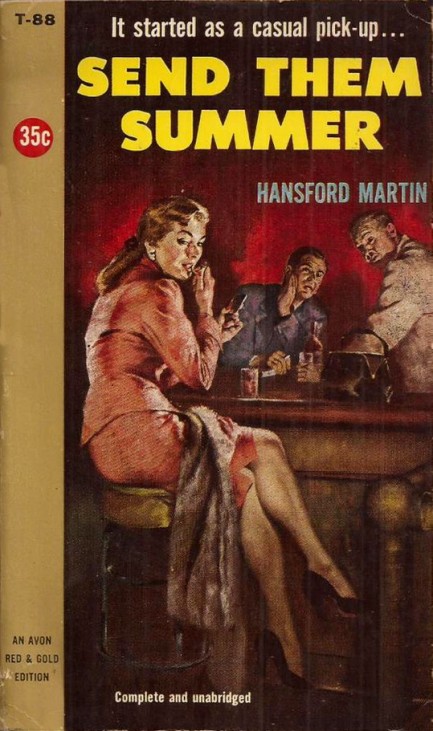
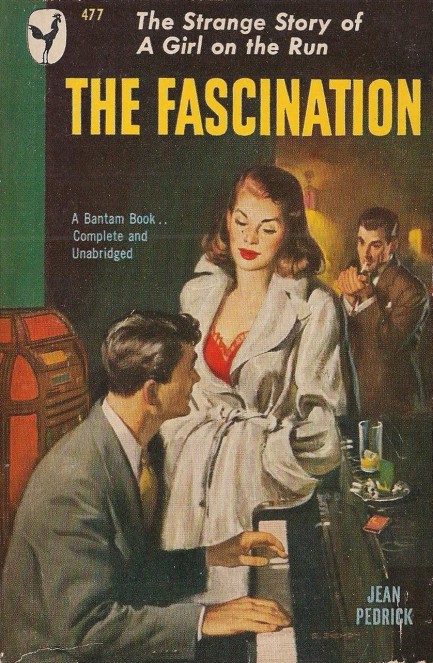
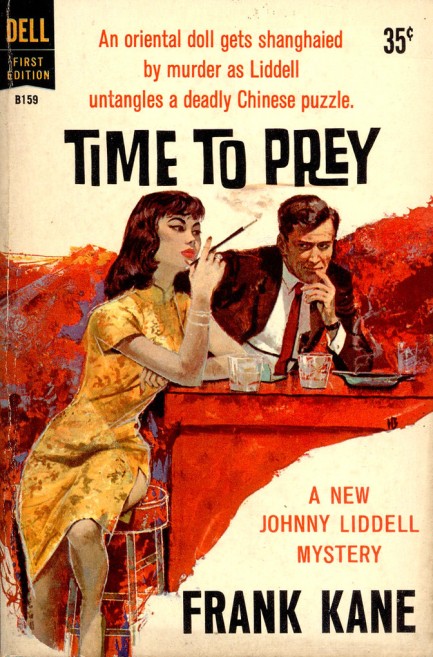
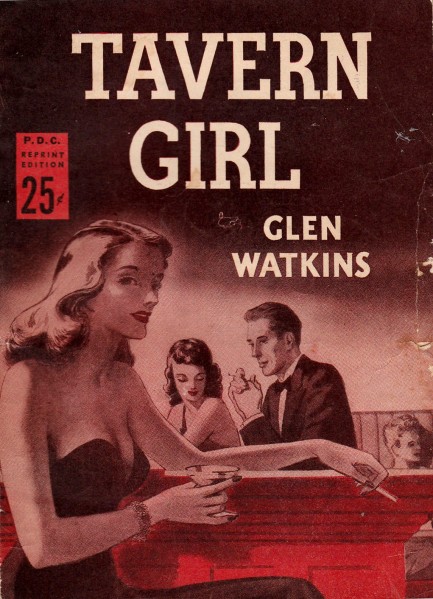
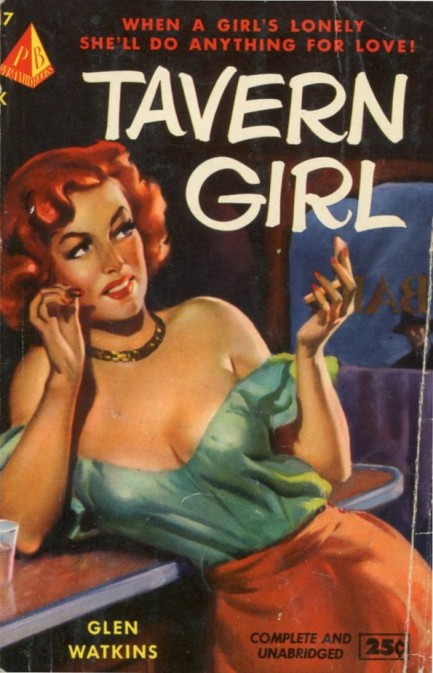
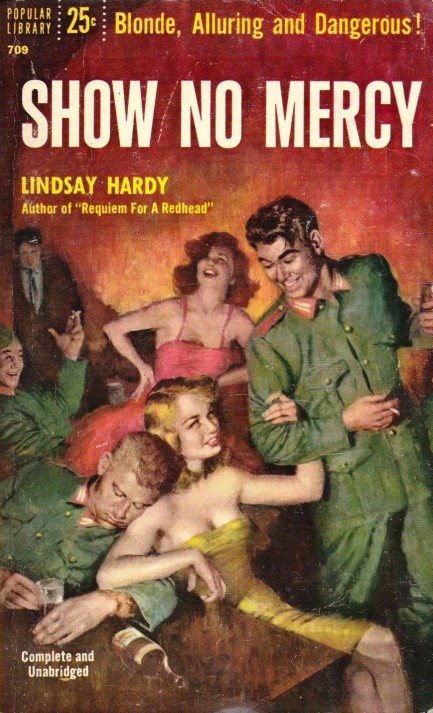
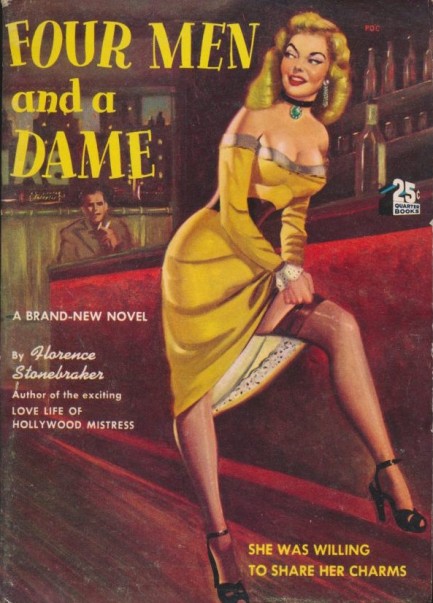
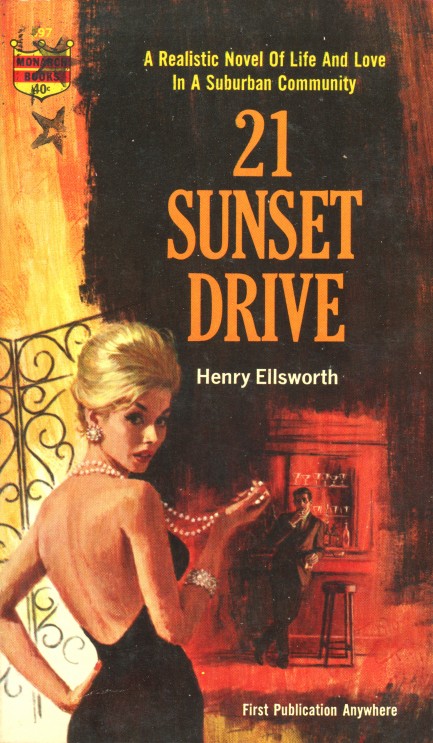
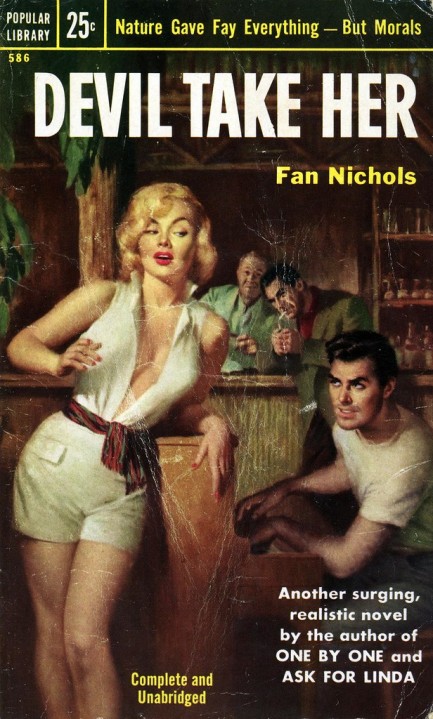
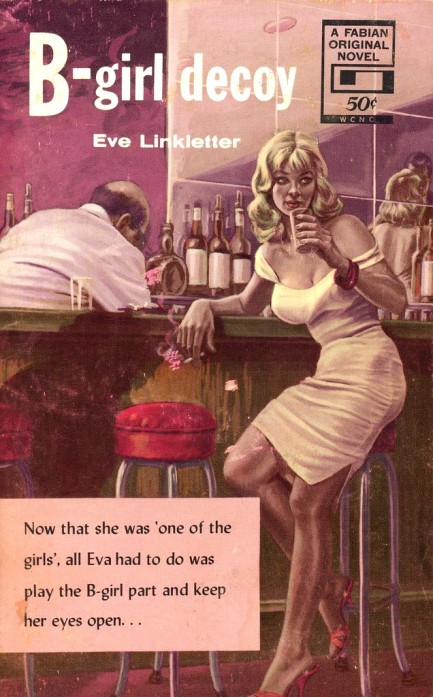
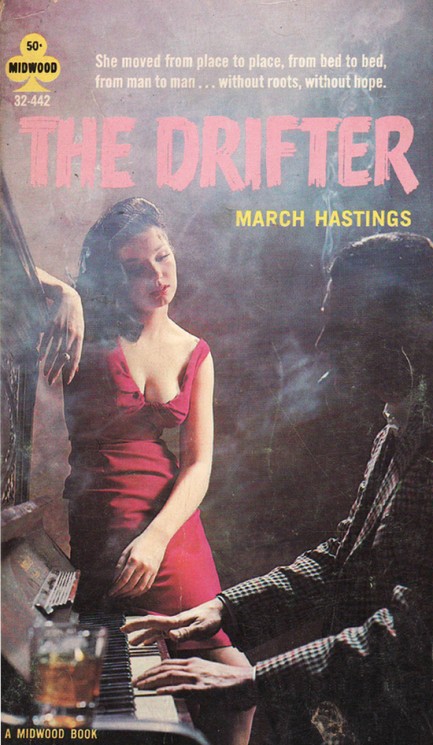
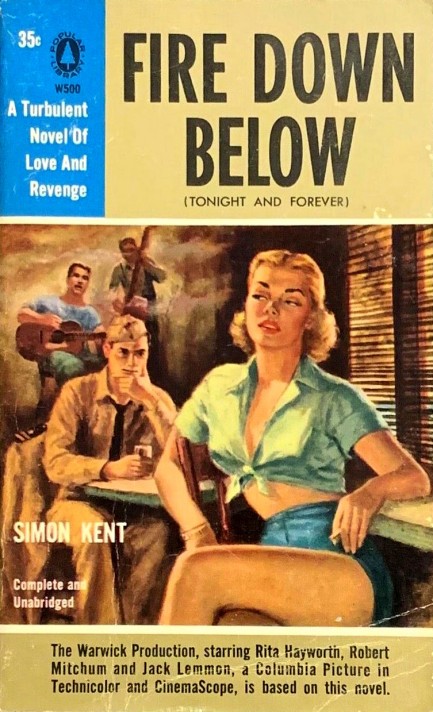
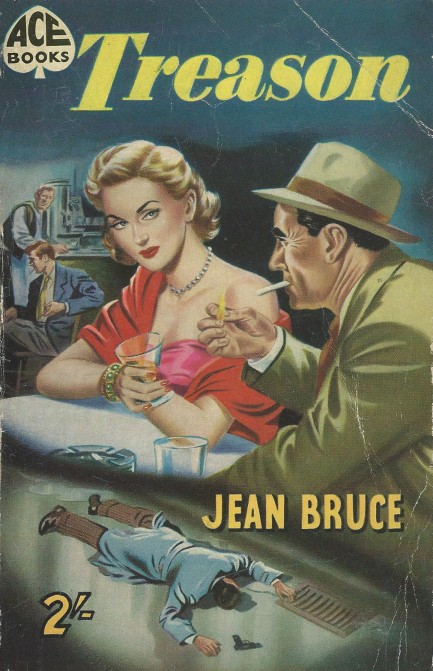
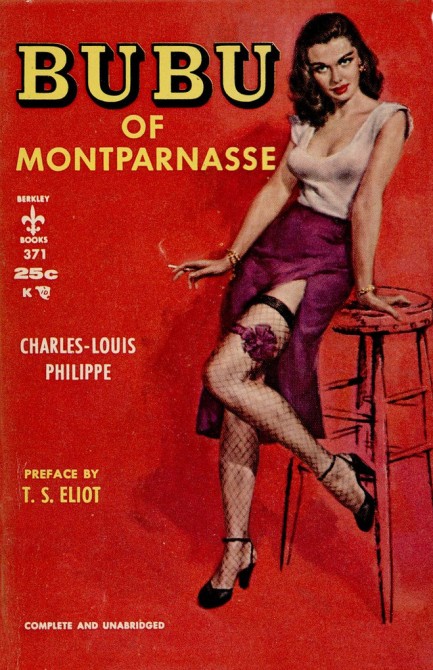
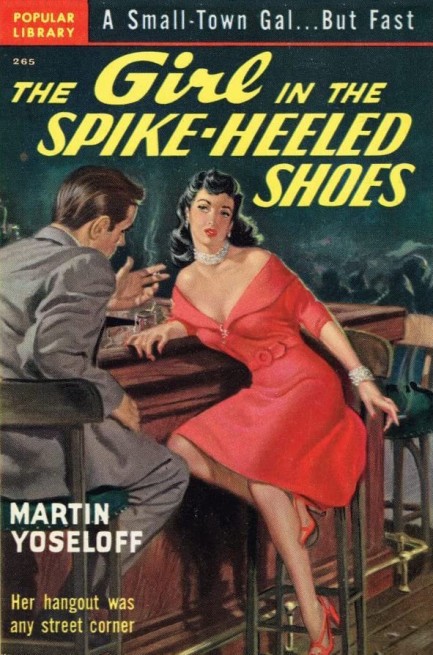
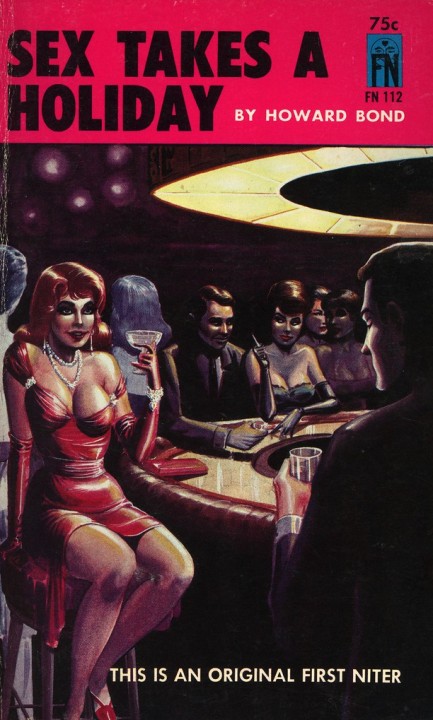
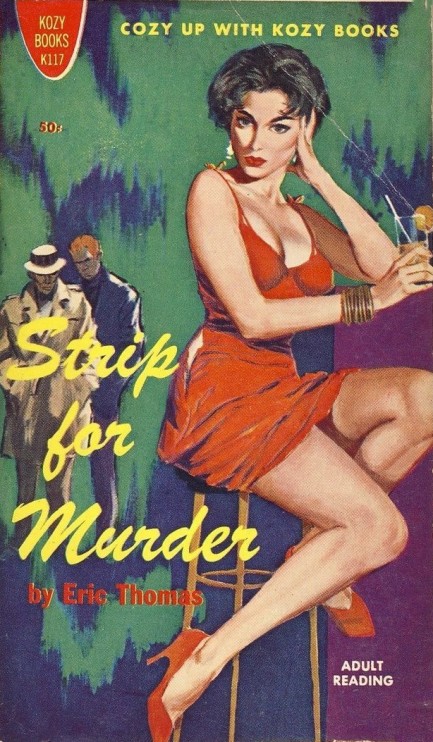
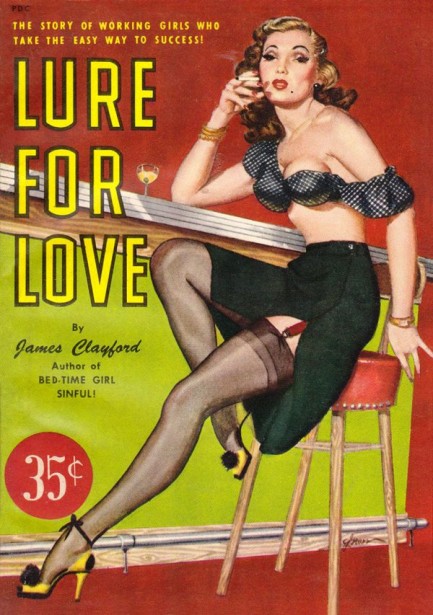
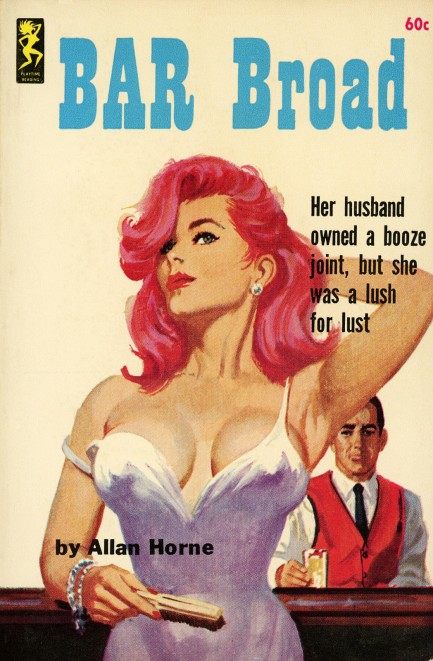






 Stewart's book came later. But both deal with the events of a summer in Hollywood. Where Stewart focuses on a trio of aimless teens, Lamkin writes about adults who, though they're producers, actors, and writers, are equally aimless, partying the days and nights away.
Stewart's book came later. But both deal with the events of a summer in Hollywood. Where Stewart focuses on a trio of aimless teens, Lamkin writes about adults who, though they're producers, actors, and writers, are equally aimless, partying the days and nights away.
















































































